While at ASHA, I saw something that caught my eye. Complete Speech was showing off their new app Vowel Viz. I had never seen anything like it and had to know more! This app provides REAL-TIME visual feedback of vowel productions!

Vowel Viz uses the iPad’s microphone to map the speaker’s vowel productions over a vowel quadralateral. To refresh your memory, the vowel quadralateral is a chart that represents tongue placement in the mouth during vowel productions. Did you have a grad school flashback too? As students produce their vowel sounds, an orange ball moves around the screen. The goal is to have the ball hover over the area that the target vowel is produced.

You can select a specific vowel by tapping it. This will also highlight a target ‘area’ for production. The production area will be indicated by a blue oval. These areas were researched and considered to be the ‘average range’ for the targeted vowel’s production. I liked how the ranges allowed for most dialectal productions. If your student needs to hear an example of the vowel just tap the speaker symbol in the upper left hand corner. You can adjust the microphone sensitivity, how long the trail from the orange ball lasts, and the choice to display all of the target vowel areas by tapping the gear symbol on the upper right hand side.

The ‘ i ‘ symbol in the upper right will give you more information about the app. It has information about how the app works, the vowel quadralateral, vowel formants, and IPA.

I was very happy to see this IPA chart for the vowels, perfect for a quick refresher.
Therapy Use
I have several students who have articulation goals due to various issues. Truly, I never focused much on vowels, I kind of forgot about them. It wasn’t until I started playing with Vowel Viz in my speech sessions that I saw the need to work on them and the impact they had. Even though my students were doing a nice job with their artic goals, I was impressed how much clearer they sounded when we focused on vowels as well.
Depending on the student, I chose a sound we were working on and had them produce the sound in the initial position followed by a vowel. Then I would track the vowel accuracy by seeing if the student could get the orange ball into the vowel’s target area. If we were just working on vowel production, again I would take data on if they could get the orange ball in the target area and then see how long they could keep it in the area. I tracked for 3 sec time spans to start.
My students LOVED using the app. Since we cannot see vowel productions, having the visual feedback was fantastic. My students thought it was so cool to see their sounds! By being able to see approximately where their productions were, it allowed me to give them prompts and cues on how to alter their tongue position to produce the correct sound. Several students wanted to have contests on who could get the closest to the target vowel or who could hold the ball by the vowel the longest. It was great to see them self-motivated! This app was able to not only provide amazing feedback for both me and my students but is was able to engage and motivate them. That is a combination you can’t beat!
To add this app to your speech room visit iTunes This $29.99 app is only for the iPad.

Complete Speech has generously donated an app code for one lucky winner! Enter the raffle below for your chance! A winner will be chosen on Saturday. Good luck!
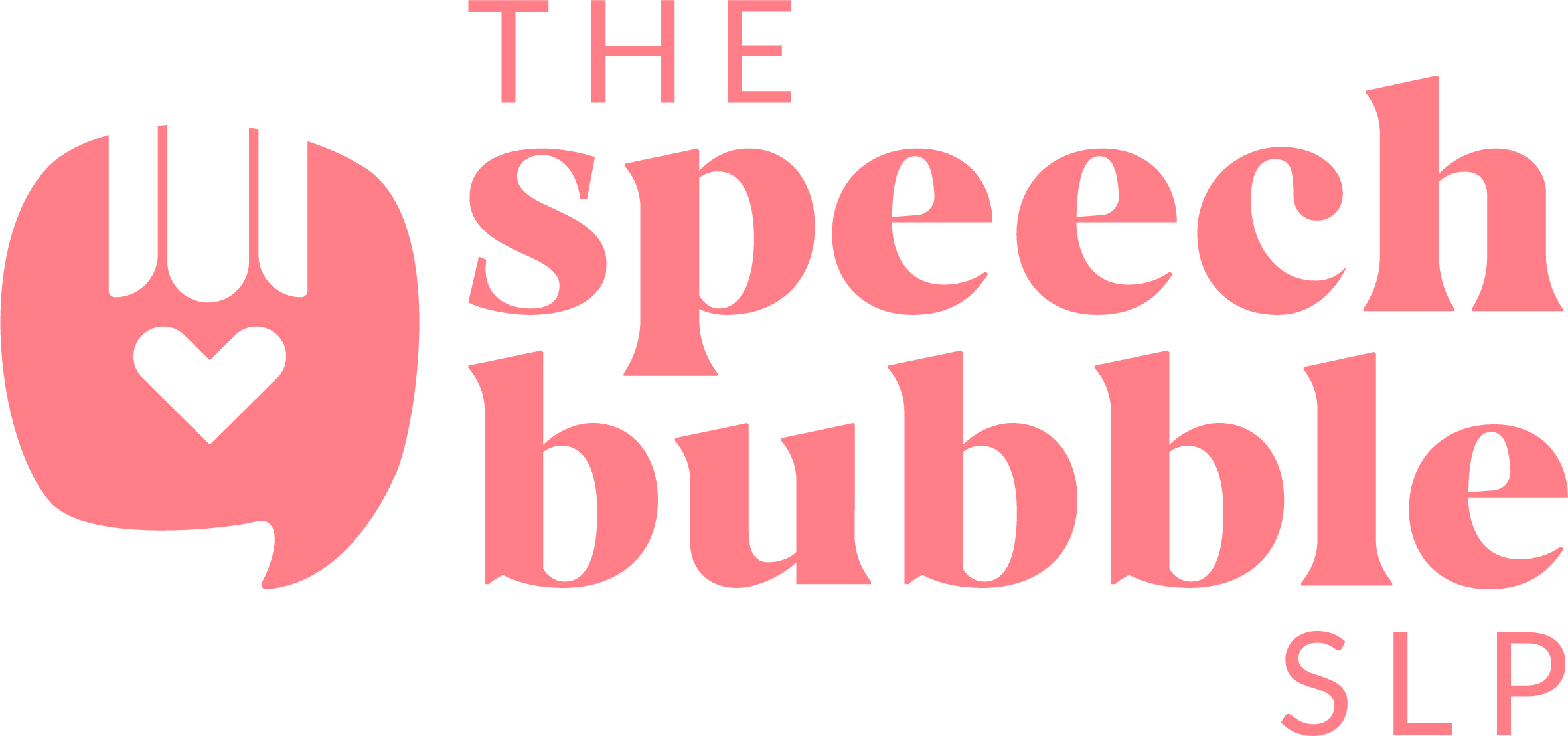
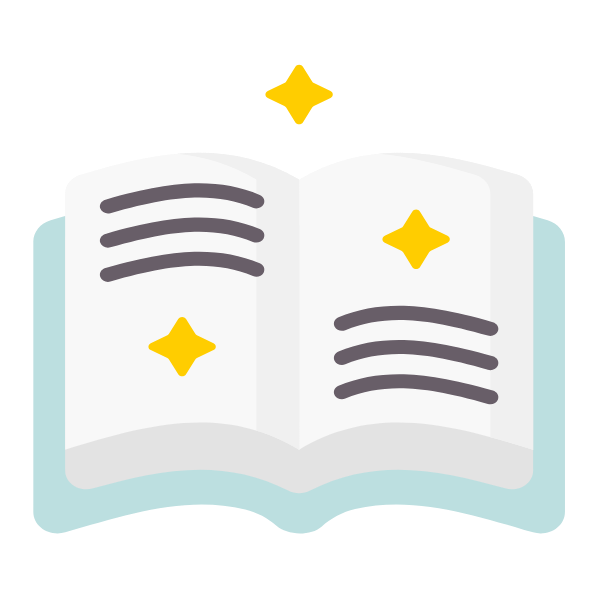

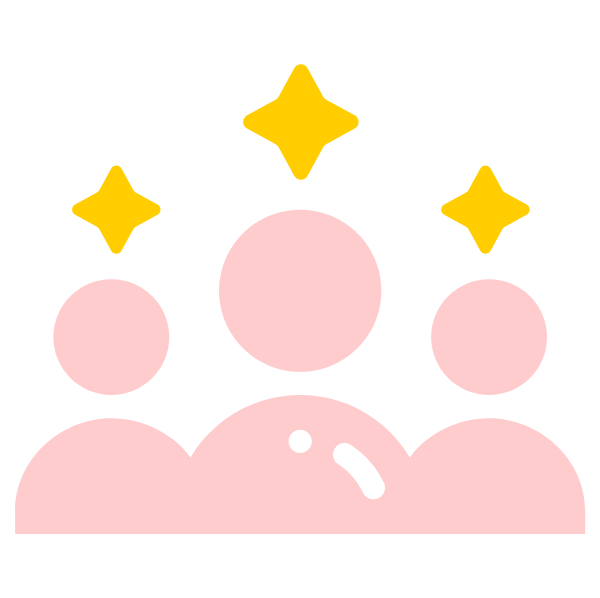
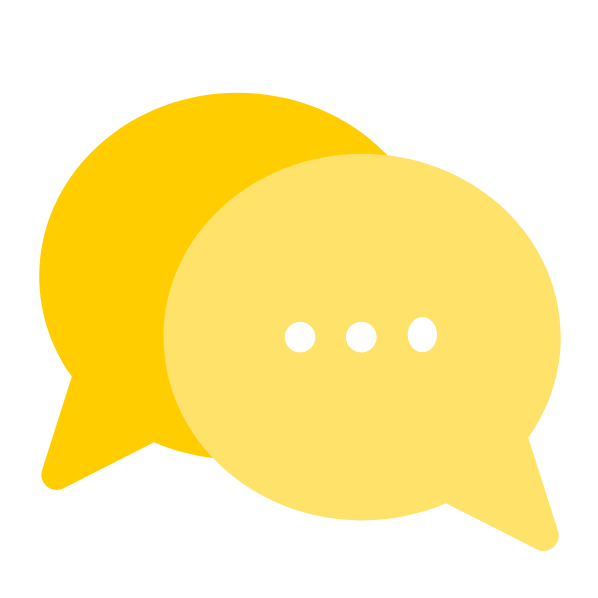

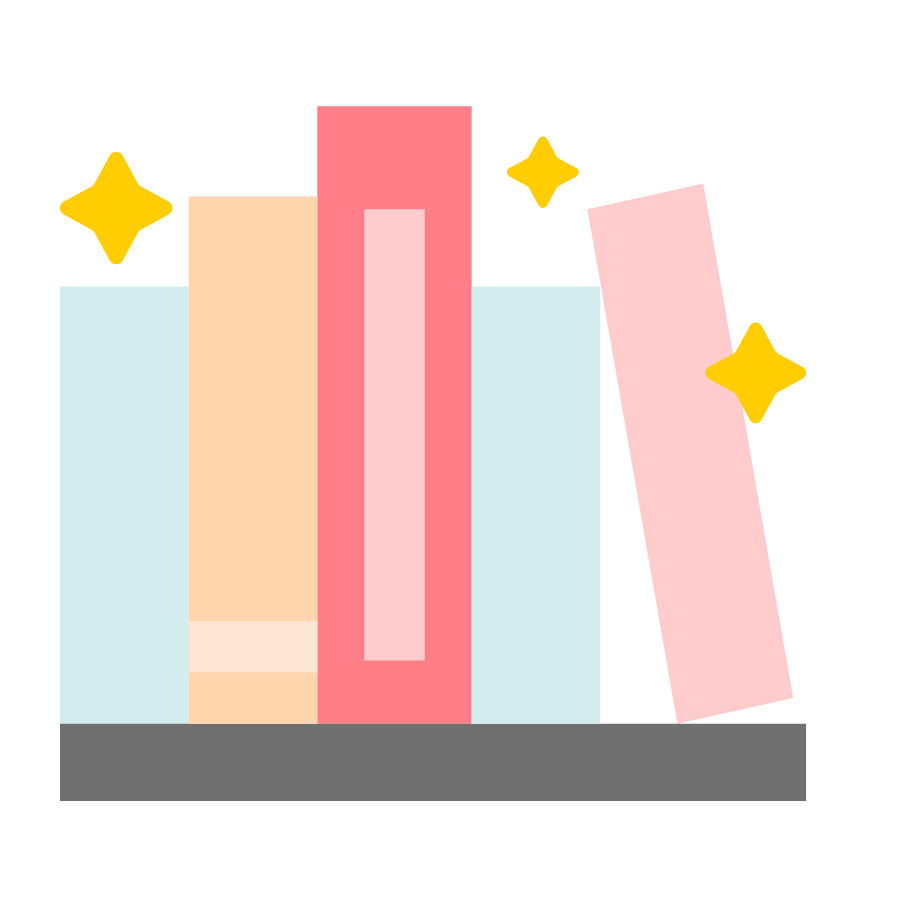

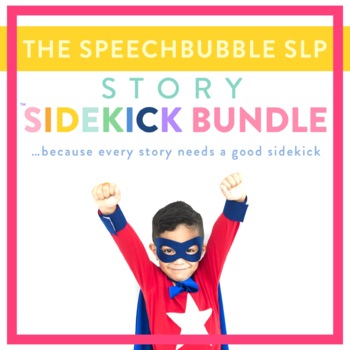






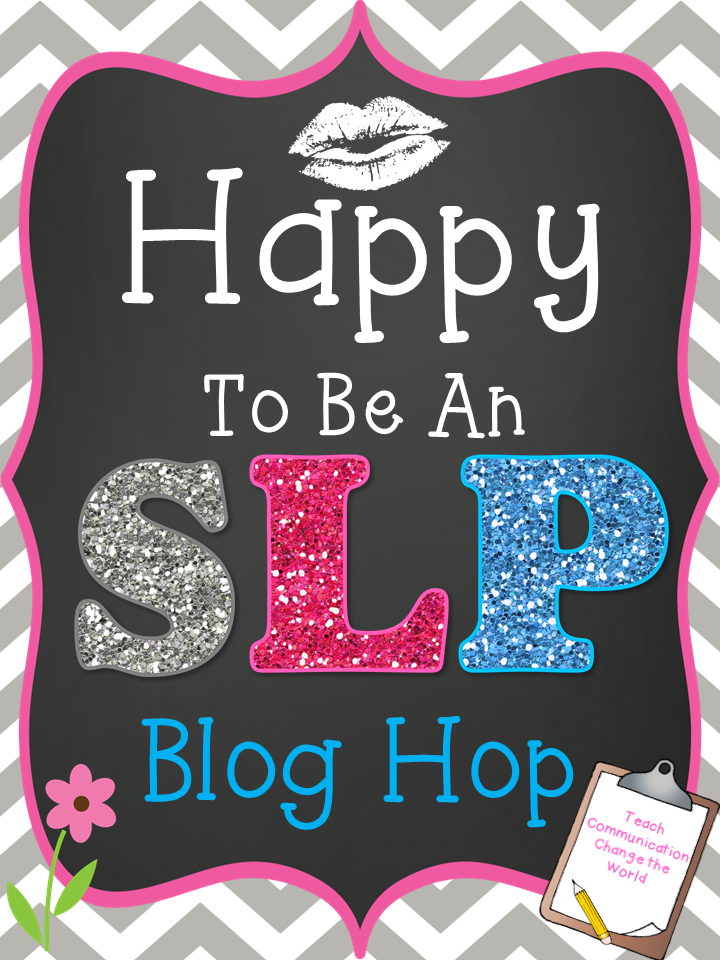

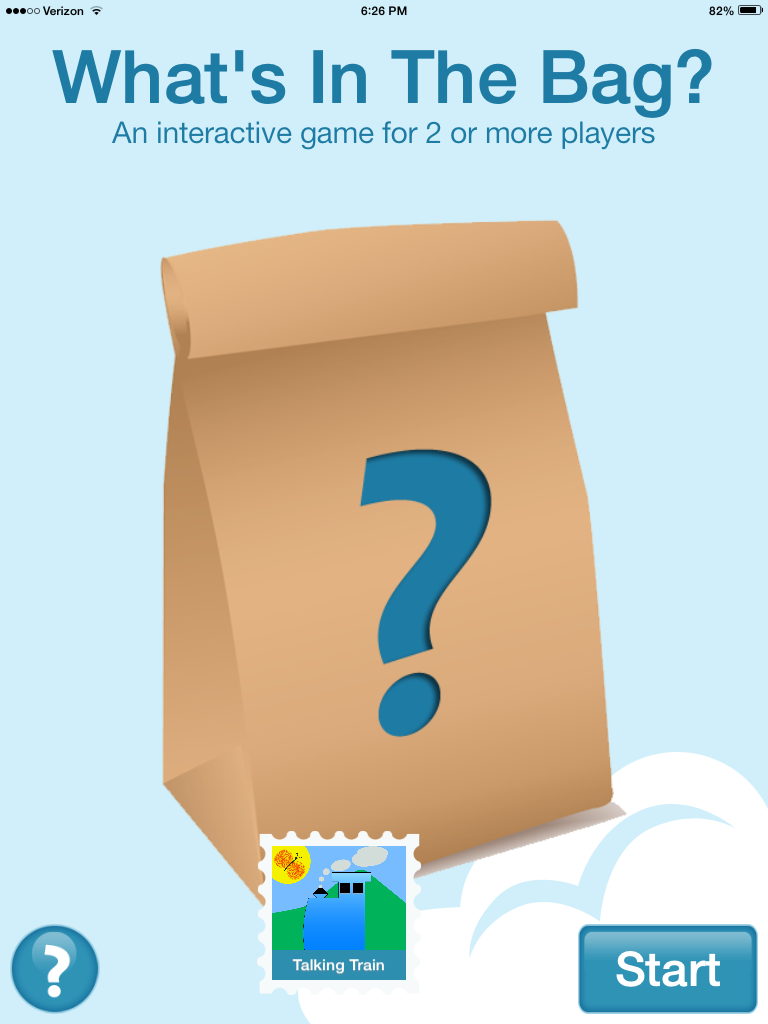


22 Responses
I have a new student this would be grest for! She has the most unusual vocalic r production I have ever hesrd. It is nowhere near the target, and in fact is a different vowel. This would really help us!
I have one student who has inconsistencies with his speech due to vowel distortion, so I think this would be a great app to have.
I have a couple of kids working on vowel sounds. This app would be absolutely perfect. Finally a visual to go along with the auditory that we have been doing for so long!
This could be really useful for those with apraxia.
I am thinking my students would also appreciate the visual feedback and it would improve intelligibility.
Here at the clinic this would help with clients with CAS, phonological disorders, dysarthria, and vowel differences due to learning English as a second language.
Perfect for working with several apraxia kiddos on my caseload!
This app would definitely help those struggling with vocalic “r” sound errors. Also, I have in mind a student who reports that he is asked where he comes from because he has an “accent.”
Would be great for students with severe apraxia! I LOVE the visual aspect of it. Sometimes it can be so hard to identify which vowel the student is actually producing because it sounds so distorted. This can be a great tool to help the clinician and the student!!
Anything with visual feedback is always so helpful!
I have a couple of students who are perplexing because of their vowel productions (I can’t quite figure out what they are doing). I’d love to try this.
This is BEYOND cool! I can definitely see how useful this would be to a lot of my kids! I hope I win!
I have several students that have difficulty with vowels on my caseload this year.
Vowels can be pesky, and I have one student who is also inconsistent with vowels. It would be great to see if I’m imaging it or if it is happening.
This app would help my students with incorrect vowel productions/distorted speech and students with apraxia
This app looks awesome! This is the first app that I know of that shows vowel production. Several students could benefit from this app such as artic/apraxia
Does the tail help with consonant productions?
I have a few students for whom this would probably work wonders. I really like that it provides visual feedback for their own productions.
This app is the answer to a prayer.
Been waiting for an app like this!! I can see using this with my little ones who strugle with dipthongs
I am seeing possible uses for a dysarthria student I am seeing. Also curious how it would work for those vowel /r/s. I think it would be great for finding that ‘right’ tongue position! Interesting that kids will be able to see the tongue position/sound change in a visual! Exciting!
The company also has an /r/ app and I have student who has been in speech for 4 years working on vocalic /r/, well, in 15 min. he could say /er/, outstanding! A must have app!